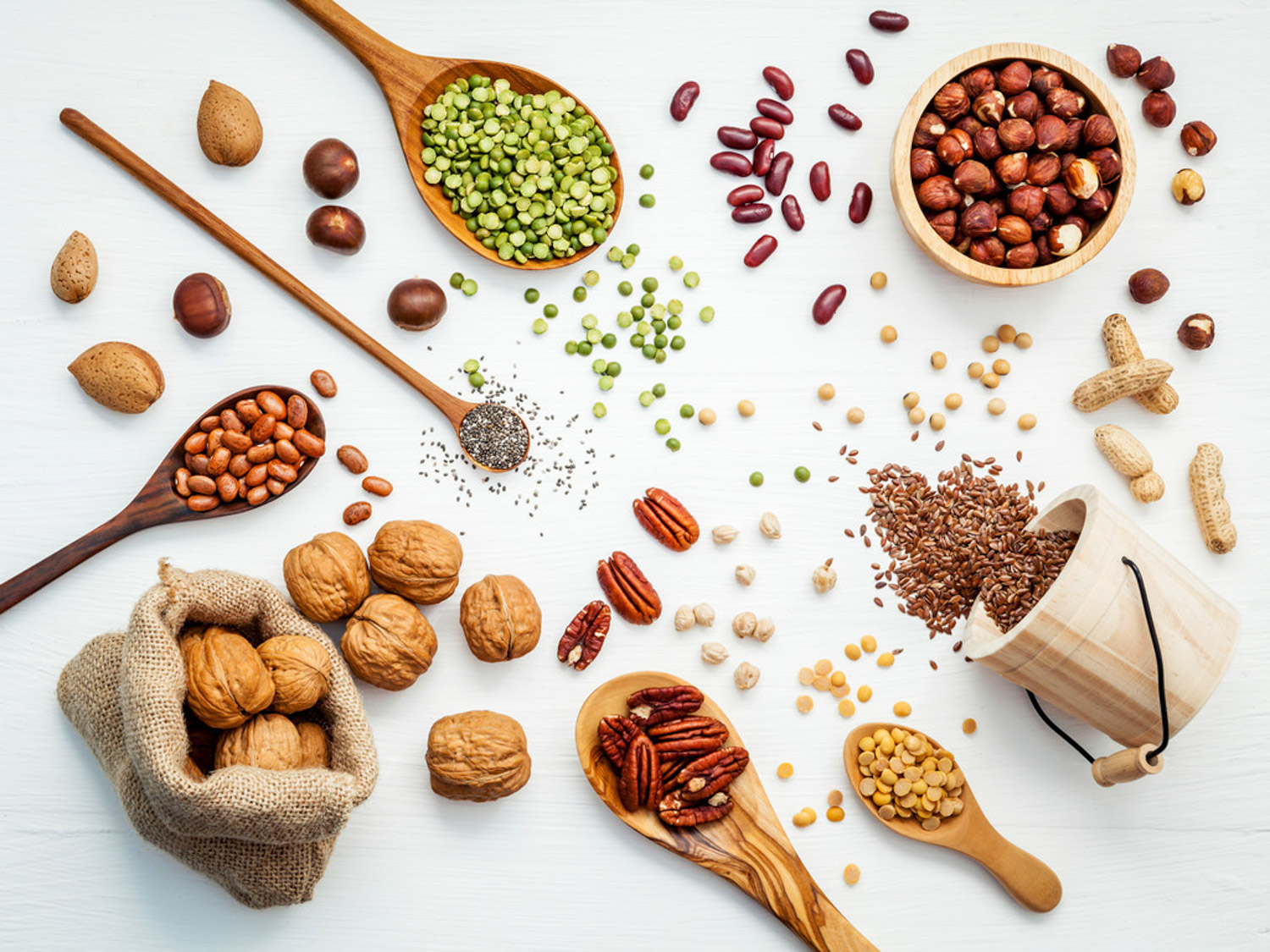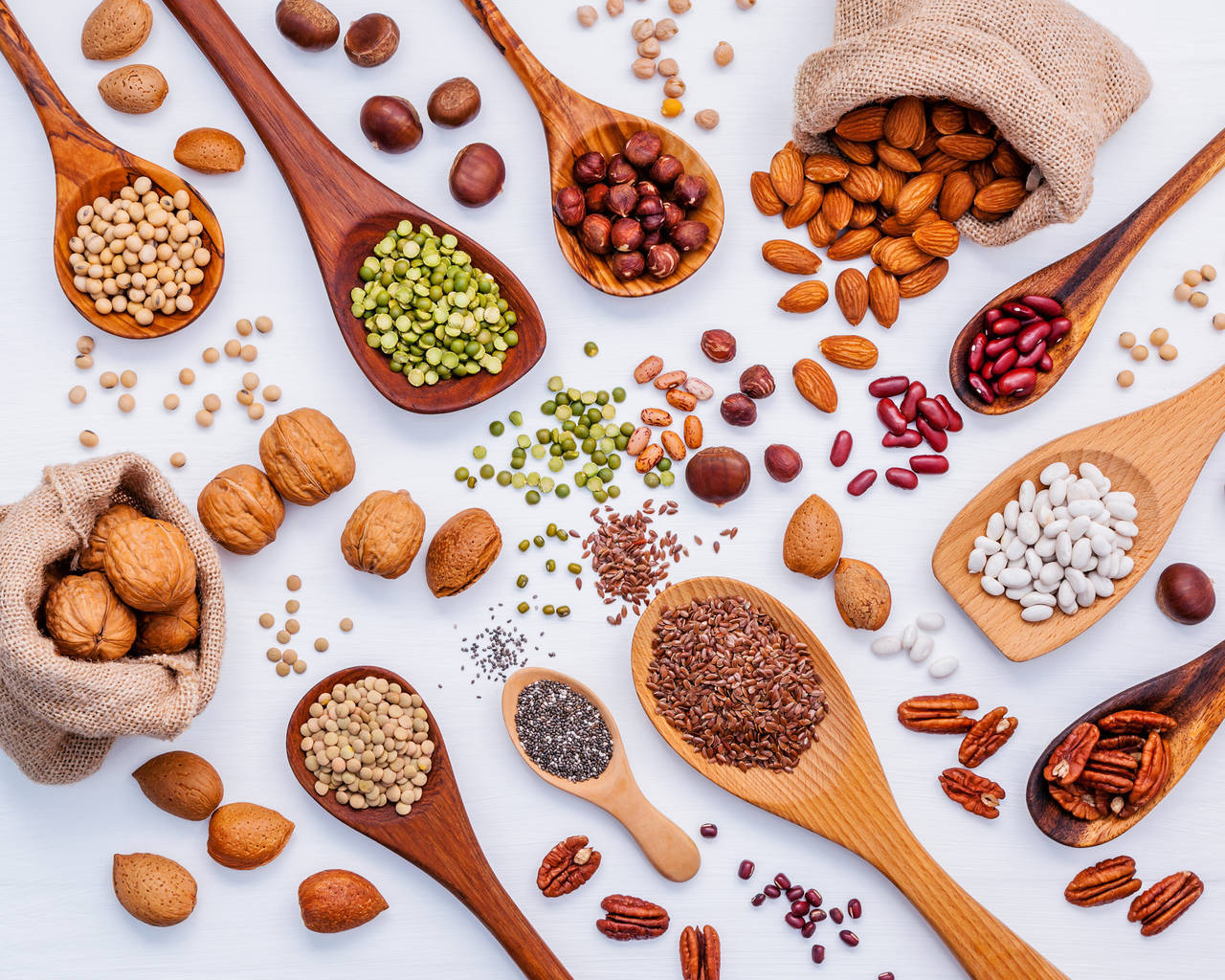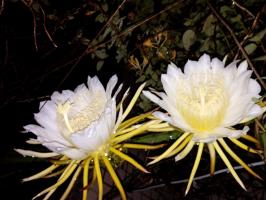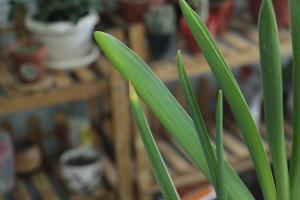1、 Curing method
1. Temperature: most nut plants prefer a warm environment, which is suitable between 20 and 30 degrees. If it is too high or too low, it will affect the yield and the taste of the fruit. Therefore, try not to be higher than 35 degrees or lower than 15 degrees
2. Light: nut plants generally have high requirements for sunshine. Only by providing sufficient light can the yield and quality of fruits be guaranteed. Generally speaking, there needs to be enough astigmatism in a day, and only too strong light needs to be slightly blocked. The requirement for sunshine is particularly high during flowering and fruiting

3. Watering: some kinds of nuts have shallow roots, so they have higher requirements for water. Therefore, it needs to be adjusted according to the climate. If the environment is too dry, it needs to supplement water in time; In rainy season, drainage shall be strengthened
4. Fertilization: an appropriate amount of fertilizer can improve its yield, but the amount of fertilizer should not be too much. Fertilization can be carried out according to specific nut types, because different varieties have different requirements

2、 Breeding skills
1. Reproduction: most nut plants can reproduce by sowing. Seeds can be collected after fruit ripening from August to September. Then sow in the middle of March of the next year. Soak in water for two or three days before sowing. Wet sand, etc. can be used as the matrix, or choose a suitable place. The row spacing can be 40 to 50 cm, and the plant spacing can be 15 to 20 cm, "on-demand" mode
2. Pruning: in order to promote the amount of flowering and fruit, appropriate pruning can be carried out in spring. Moreover, there may be some yellow and aging branches and leaves at ordinary times, which can be cut off in time

3、 Diagnosis and treatment problems
1. Diseases: different kinds of nuts have different diseases. The main type is "powdery mildew", which is common from July to August. Chlorothalonil can be used to treat it. There is also "brown spot", which will lead to fallen leaves. The diseased leaves can be cut off and then controlled with Bordeaux liquid
2. Insect pests: there is a "yellow thorn moth", which will eat leaves and its eggs will survive the winter. They can be eliminated with all kinds of pesticides

4、 Other issues
1. Toxicity: Generally speaking, most nuts are non-toxic and the fruits are edible
2. Whether they can be raised at home: generally not, because they are planted in a large area

 jackfruit
jackfruit snake plant
snake plant hibiscus
hibiscus hydrangea
hydrangea lavender
lavender Green roses climb al...
Green roses climb al... If you don't pay att...
If you don't pay att... Management of four g...
Management of four g...



































